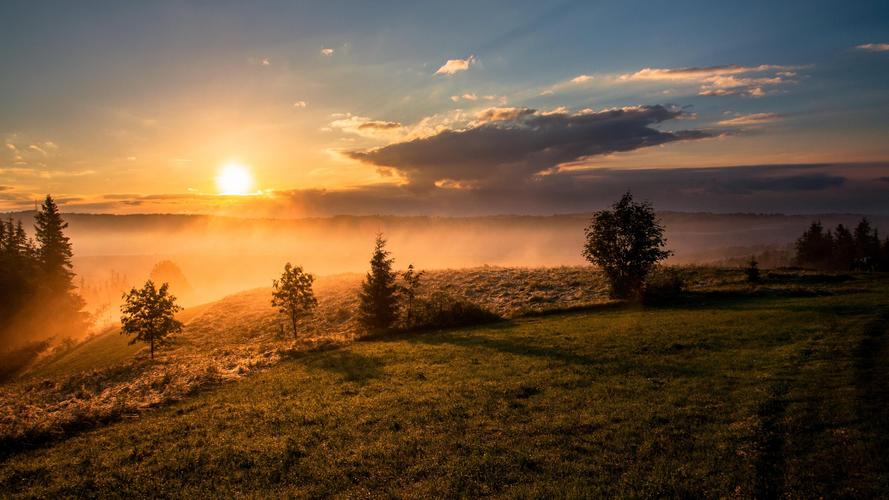The Cultural Landscape: An Insight into the Diversity of Human Societies
Human societies are marvelously diverse in their cultural practices, traditions, and beliefs, shaped by social, historical, and environmental factors. A cultural landscape is the visible and tangible expressions of human activity upon the natural environment, including buildings, fields, gardens, roads, and spiritual sites. Understanding the cultural landscape offers valuable insights into the diversity, complexity, and richness of human societies around the world.
Culture and Landscape – A Complex Relationship
Culture and landscape are intrinsically linked, shaping and being shaped by each other. Human cultures are not static; they are dynamic, evolving, and changing over time, responding to social, environmental, and political challenges. The landscape mirrors and reflects these cultural changes, maintaining tangible traces of human activity and memories of the past. In turn, the cultural landscape provides people with a sense of heritage, belonging, and identity.
The Importance of Cultural Diversity
Cultural diversity is a source of strength and resilience for human societies, fostering innovation, creativity, and adaptation to changing circumstances. Different cultures offer unique perspectives on social, economic, and environmental challenges, providing valuable knowledge and expertise. Cultural diversity also promotes mutual respect, intercultural dialogue, and peaceful coexistence, fostering a sense of global citizenship.
Case Study: The Gondwana Indigenous Cultural Trail, Australia
The Gondwana Indigenous Cultural Trail is a tourism initiative in Australia’s New South Wales, designed to highlight the cultural diversity and heritage of the local Indigenous communities. The trail encompasses six distinct landscapes, each with its unique cultural significance, traditions, and beliefs. The cultural trail provides visitors with an opportunity to learn about the local Indigenous cultures, traditions, and history while preserving and promoting the cultural landscape.
Conclusion
The cultural landscape provides valuable insights into the diversity, complexity, and richness of human societies around the world. Understanding the cultural landscape is essential for preserving and promoting cultural diversity, promoting intercultural dialogue, and fostering global citizenship. The Gondwana Indigenous Cultural Trail, Australia, is an excellent example of how cultural tourism can preserve and promote the cultural landscape while providing visitors with an educational experience.
(Note: Do you have knowledge or insights to share? Unlock new opportunities and expand your reach by joining our authors team. Click Registration to join us and share your expertise with our readers.)
